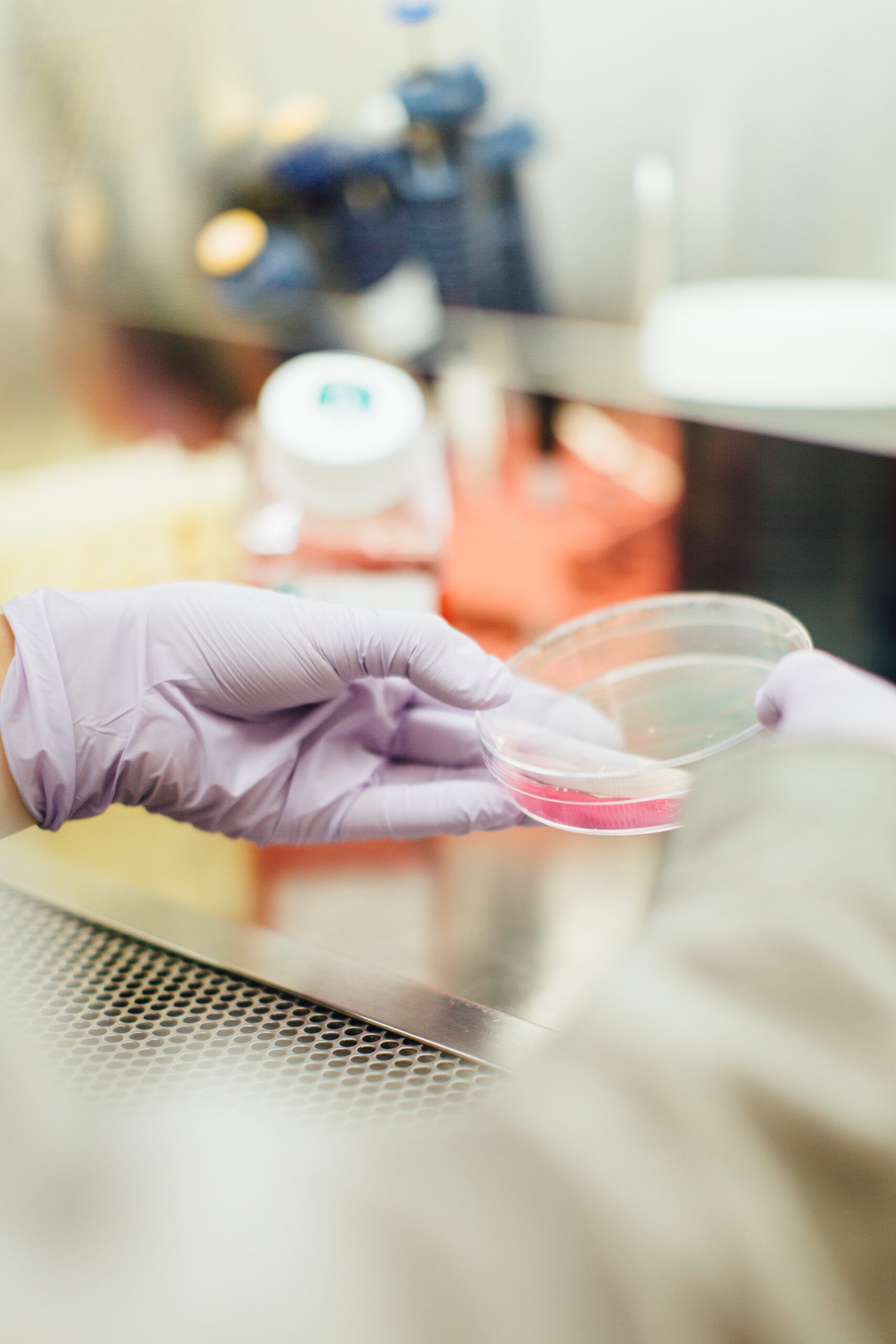Understanding the HbA1C Test and Its Importance
When it comes to managing diabetes, one of the essential tests that healthcare professionals rely on is the HbA1C test. This test provides valuable information about a person’s average blood sugar levels over the past two to three months. In this article, we will explore what the HbA1C test is, its importance in managing diabetes, and whether it is necessary to also perform FBS (Fasting Blood Sugar) and PPBS (Postprandial Blood Sugar) tests.
What is the HbA1C Test?
The HbA1C test, also known as the glycated hemoglobin test, measures the percentage of hemoglobin in the blood that has glucose attached to it. Hemoglobin is a protein found in red blood cells that carries oxygen throughout the body. When glucose levels are high in the bloodstream, some of it attaches to hemoglobin, forming glycated hemoglobin or HbA1C.
The HbA1C test provides an average of a person’s blood sugar levels over a period of two to three months. Unlike FBS and PPBS tests, which only provide a snapshot of blood sugar levels at a specific moment, the HbA1C test offers a more comprehensive view of long-term blood sugar control.
The Importance of the HbA1C Test
The HbA1C test is crucial in managing diabetes because it helps healthcare professionals assess a person’s overall blood sugar control over time. By measuring the percentage of HbA1C, doctors can determine whether a person’s blood sugar levels have been consistently high or within the target range.
Maintaining a healthy HbA1C level is essential for preventing diabetes-related complications. High levels of HbA1C indicate poor blood sugar control, which can lead to an increased risk of heart disease, kidney damage, nerve damage, and other complications associated with diabetes. On the other hand, achieving and maintaining a lower HbA1C level reduces the risk of these complications.
The HbA1C test also helps doctors and individuals with diabetes adjust their treatment plans. By regularly monitoring HbA1C levels, healthcare professionals can determine if current treatments are effective or if adjustments need to be made to medication, diet, or exercise routines.
Is FBS and PPBS Necessary if HbA1C Test is Done?
The HbA1C test provides a comprehensive picture of a person’s blood sugar control over time. It eliminates the need for frequent FBS and PPBS tests, which only provide a snapshot of blood sugar levels at specific moments. However, there are instances where FBS and PPBS tests may still be necessary.
In some cases, healthcare professionals may recommend FBS and PPBS tests in addition to the HbA1C test to gain more detailed information about blood sugar patterns throughout the day. FBS measures blood sugar levels after fasting for at least eight hours, while PPBS measures blood sugar levels two hours after a meal. These tests can help identify specific times of the day when blood sugar levels may be consistently high or low.
It is important to consult with a healthcare professional to determine the most appropriate tests for managing diabetes. They will consider individual circumstances, treatment plans, and specific goals to determine whether additional tests are necessary.
The HbA1C test is a vital tool in managing diabetes. It provides valuable information about blood sugar control over an extended period, helping healthcare professionals assess the effectiveness of treatment plans and reduce the risk of complications. While the HbA1C test eliminates the need for frequent FBS and PPBS tests, there may be instances where additional tests are recommended to gain more detailed information about blood sugar patterns. Consulting with a healthcare professional is essential to determine the most appropriate tests for managing diabetes effectively.
The HbA1C test is a crucial indicator of your average blood sugar control over the past 2-3 months. Here’s a breakdown of its ranges:
Normal range:
- Below 5.7% – This indicates a healthy blood sugar level and low risk of diabetes.
Prediabetes range:
- 5.7% – 6.4% – This signifies prediabetes, an elevated risk of developing type 2 diabetes. Lifestyle changes or medication can help prevent progression.
Diabetes range:
- 6.5% or higher – This confirms the presence of diabetes, requiring medical management to control blood sugar and prevent complications.
Target HbA1C for people with diabetes:
- Ideal: 48 mmol/mol (6.5%) or below
- Acceptable: 53 mmol/mol (7%) or below
- Individualized targets: Some people may have lower or higher targets based on their specific circumstances and health goals.
Important notes:
- These ranges are guidelines and may vary slightly depending on the laboratory performing the test.
- Age, ethnicity, and certain health conditions can also influence HbA1C interpretation.
- HbA1C is just one component of diabetes management. Regular blood sugar monitoring and additional tests are recommended.
Additional resources:
- American Diabetes Association: https://diabetes.org/
- National Institute of Diabetes and Digestive and Kidney Diseases: https://www.niddk.nih.gov/health-information/diabetes
- Mayo Clinic: https://endocrinology.testcatalog.org/show/HBA1C





